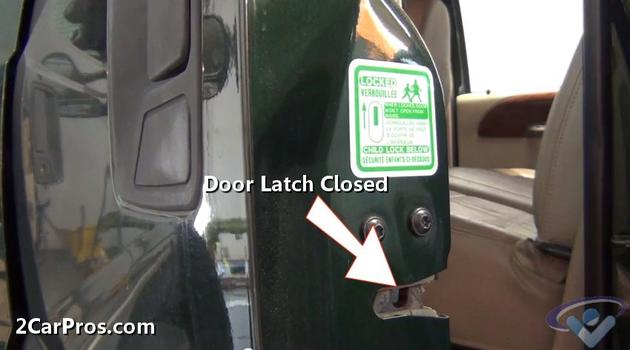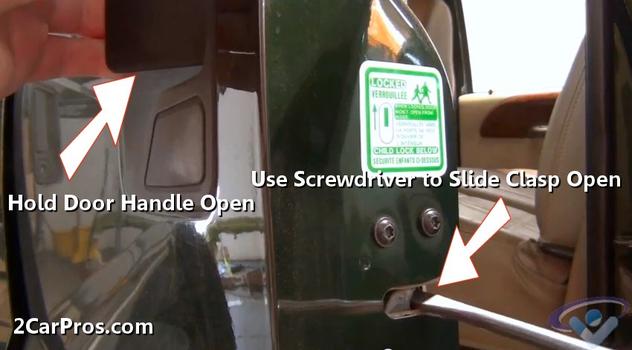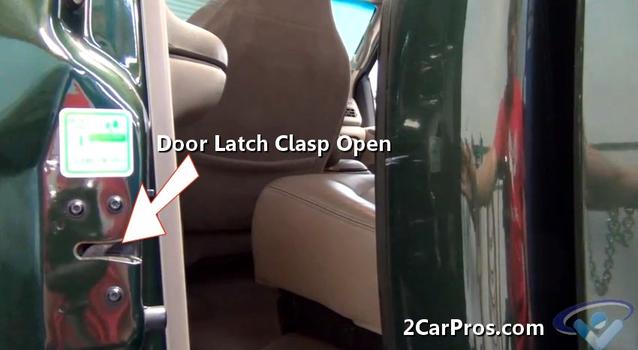DOOR NOT CLOSING
Why My Car Door Will Not Close
Step by step guide on how to repair an automotive car door that wont close. This article pertains to all vehicles.Difficulty Scale: 1 of 10Tool and Supplies Needed
- Small screw driver
- Flashlight
- Gloves
- When a door latch fails it will not allow you to open or close the latch
- If door hinges are allowed to move excessively the striker will be out of place causing the striker to be located the wrong position causing the latch to not operate properly.
- An activation rod will become dislodged not actuating the door latch release. If this occurs the inner door panel must be removed to activate the latch release manually.
- The inner or outer door handle will fail not moving the activation rod that connect to the latch release. This will result in latch operation failure. In both cases the inner door panel, must be removed to activate the control rod manually.
- Depending on the application some latches are equipped with an electric solenoid that can automatically open or close the lock with a simple key fob or electronic switch command. A switch command can be activated manually or by the BCM (body control module) computer. These automatic controlled latches also possess the ability to detect the use of force when it is used to overpower the latch as in a criminal act. When the latch is overpowered the car alarm will sound to alert the car owner.
- All hinges should be free from lateral movement and maintained by applying lubricant at regular intervals. To ensure proper latch operation all moving parts must be free from dirt and grime. To clean a door or compartment latch use a mild solvent or soap. Once clean, dry thoroughly and apply lubricant as needed.
- Confirm the door latch is unlocked



No comments:
Post a Comment